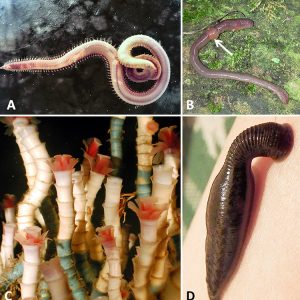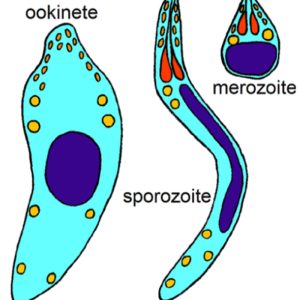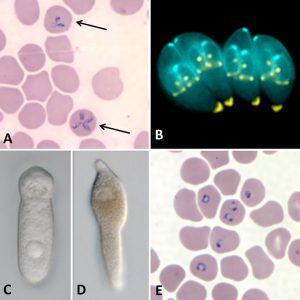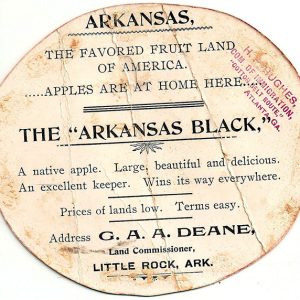 AAES Researcher
AAES Researcher
Entry Category: Science and Technology - Starting with A
 AAES Researcher
AAES Researcher
Abernathy Spring
 Acanthocephala Life Cycle
Acanthocephala Life Cycle
Acanthocephalans
aka: Spiny-Headed Worms
aka: Thorny-Headed Worms
 Adult Tapeworm
Adult Tapeworm
 Akron Cemetery
Akron Cemetery
Algae
Alligator Snapping Turtle
American Alligator
American Burying Beetle
aka: Giant Carrion Beetle
American Eel
 American Lady
American Lady
 Ammonites
Ammonites
Ammonites
aka: Ammonoids
Amphibians
Amphipods
aka: Scuds
 Annelid Examples
Annelid Examples
Annelids
aka: Segmented Worms
 Apicomplexan Cell Types
Apicomplexan Cell Types
 Apicomplexan Life Cycle
Apicomplexan Life Cycle
 Apicomplexan Morphology
Apicomplexan Morphology
 Apicomplexan Species
Apicomplexan Species
Apicomplexans
aka: Sporozoans
 Apicomplexans
Apicomplexans
 Apicomplexans Examples
Apicomplexans Examples
 Apple Blossom, Official State Flower
Apple Blossom, Official State Flower
 Applied Entomology by William Baerg
Applied Entomology by William Baerg
Arachnids
 Arkansas Ambloplites
Arkansas Ambloplites
 Arkansas Baitfish and the Silver Carp
Arkansas Baitfish and the Silver Carp
 Arkansas Basses
Arkansas Basses
Arkansas Biosciences Institute (ABI)
Arkansas Black Apple
 Arkansas Black Apple Ad
Arkansas Black Apple Ad
 Arkansas Conference College
Arkansas Conference College
 Arkansas Cyprinids
Arkansas Cyprinids
Arkansas Darter
aka: Etheostoma cragini
Arkansas Division of Information Systems (DIS)
Arkansas Entomological Society
Arkansas Fatmucket
aka: Lampsilis powellii
 AGC Mineral Set
AGC Mineral Set
Arkansas Geological Survey (AGS)
 Arkansas Highway 57 Bridge
Arkansas Highway 57 Bridge
 Arkansas Highway 57 Bridge
Arkansas Highway 57 Bridge
 Arkansas Highway 57 Bridge
Arkansas Highway 57 Bridge
 Arkansas Highway 57 Bridge View
Arkansas Highway 57 Bridge View




